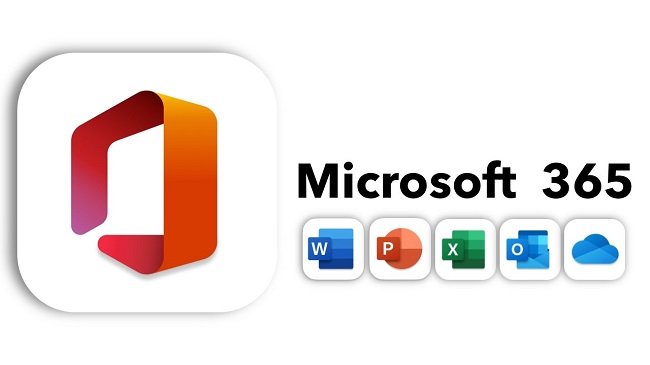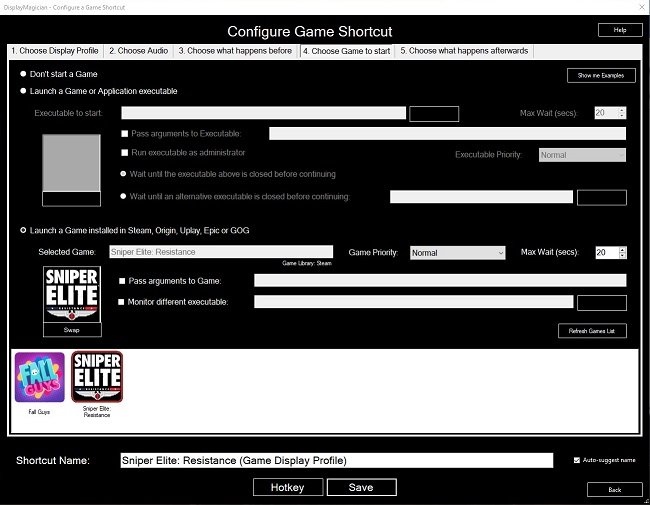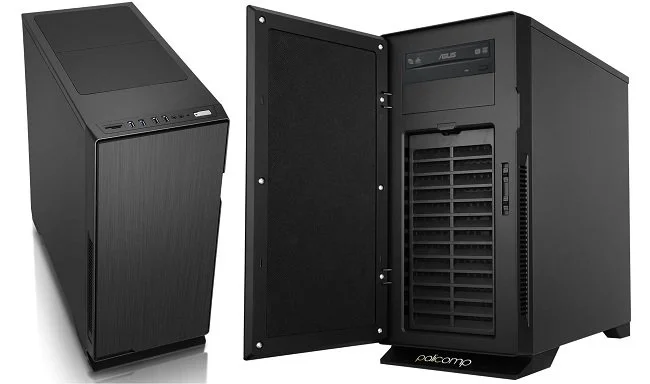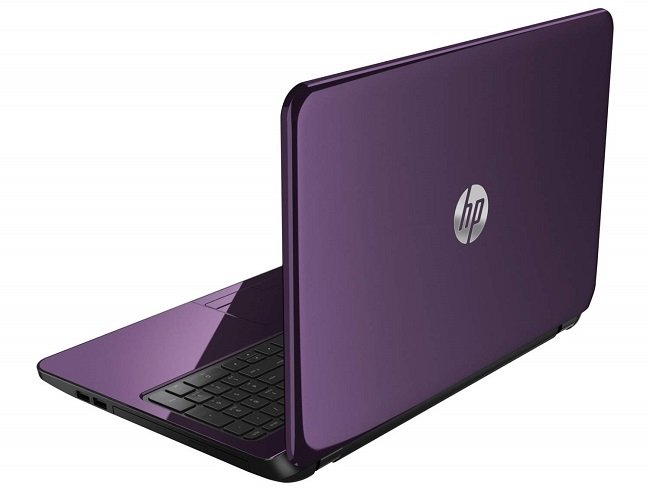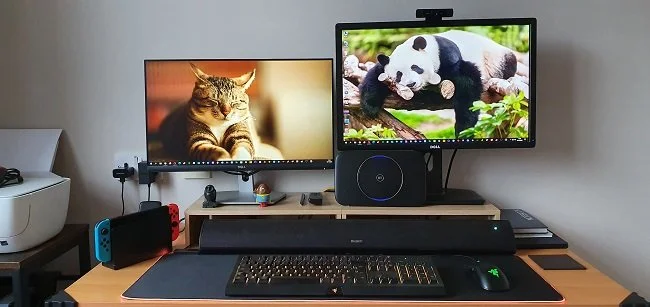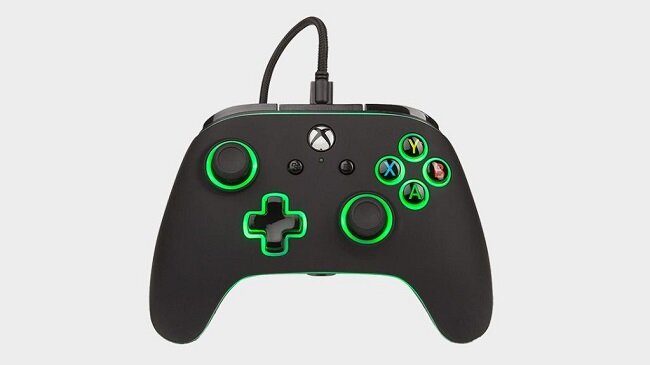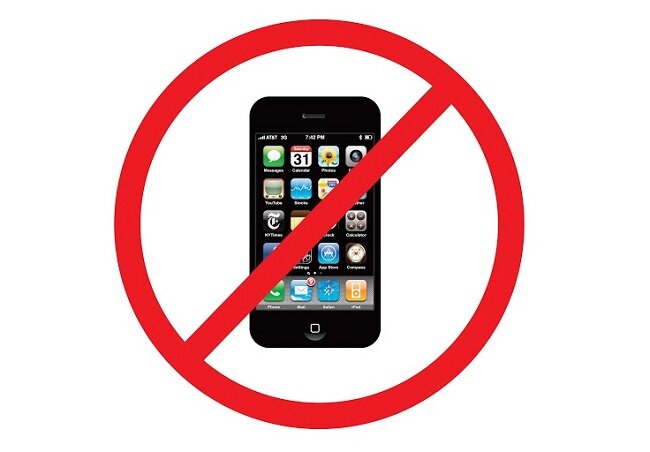Smart Bands
Mrs P and I enjoy walking for exercise and pleasure. Due to our age and disposition, we like our workouts to be slow and steady, rather than rapid and intense. Walking is therefore ideal. Mrs P also has a heart condition which needs to be monitored and managed if she is to exercise safely. Hence, over the last few years we’ve both started using fitness apps on our smartphones. Keeping a daily step count and settings targets has been fun. Tracking weight loss has also proven beneficial. Having health related data collated and presented in a way that’s easy to understand, has proven useful. It has helped us manage a practical and appropriate fitness regime. Furthermore, the setting of goals has kept us both engaged. Recently, a need arose to monitor Mrs P’s heart rate. So we both decided to buy smart bands as they collect and track more data.
The Black Friday sales provided a perfect opportunity to secure a “deal” and now both of us are proud owners of smart bands. As ever, before making a purchase of this nature I did some research. I looked at what sort of functionality we did and didn’t require, as well as determining which smart bands had an inflated price due to being a “brand premium”. I also had to consider size and aesthetics. Curiously, out of all the tech purchases I’ve made recently, this was the quickest and easiest. I bought a Fitbit Inspire 2 for Mrs P and a Huawei Band 4 Pro for myself. Both devices track all the metrics we want and have intuitive apps to collate the data. The Fitbit is smaller and more elegant with it’s Lunar White strap. The Huawei smart band allows you to download custom watch faces (I wanted an analogue watch display). It also boasts a colour AMOLED screen, where the Fitbit has a simpler black and white display. Both are easy to set up and have quick charging times.
Both of these smart bands have some functionality that we won’t use. The Fitbit app has both a free and subscription version. The latter is fine for those in training for a major sporting event or who have a more complex exercise regime. But the former is ideal for Mrs P’s needs. The other major selling point of the Fitbit, is that it is very easy to use. Mrs P is not a technophobe but she doesn’t warm to gadgets and likes one’s that are intuitive. However, the vertical swiping to change screens and side pinch action to return to the default display suits her fine. I like the text message facility on my smart band and the way you can quickly check to see if a message is important, rather than having to take your phone out of your pocket. Another simple quality of life function is the way the display comes on when you rotate your wrist to look at it. I was initially worried about the display not being on permanently but this resolves the matter perfectly.
In my youth I used to be greatly enamoured by emerging technology and I was often an earlier adopter. Sadly, many of the gadgets and software that I bought into were fads or devices in the middle of a broader development path (such as the PalmPilot). Nowadays I tend to keep my involvement with tech to a functional minimum. Smart bands do exactly what you expect them to and I am not concerned by some of the extra functionality which I regard as superfluous, such as the Bluetooth music playback on your phone. However, I must admit that part of the appeal of the smart band is down to the 1969 film Journey to the Far Side of the Sun. It features a watch that also serves as a cardiac monitor, which is not that different from contemporary smart bands. When I first saw this it left a lasting impression upon me. Pop culture doesn’t always predict the future accurately but on this occasion it did.


